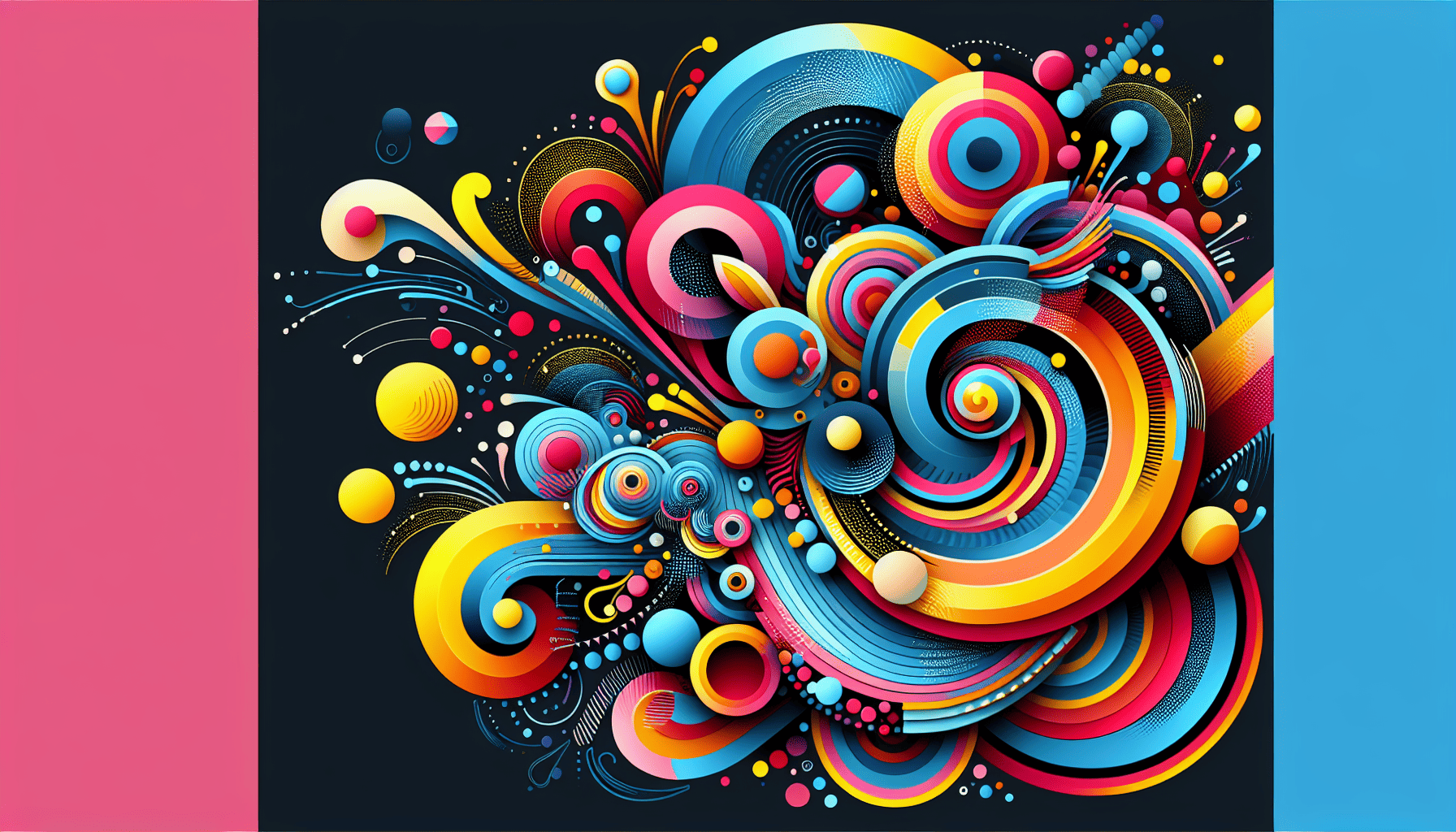In the dynamic and ever-evolving world of digital marketing, standing out is more critical than ever. With countless brands vying for attention, the question of how to leave a lasting impression on visitors becomes paramount. One powerful strategy lies in integrating creative visual elements that distinguish your brand. These elements don’t just capture attention; they etch your brand into the memories of your audience, fostering recognition, engagement, and loyalty.
The Power of First Impressions
First impressions in the digital world are formed in mere seconds. It is within this narrow window that a brand must establish its presence and allure. Creative visual elements, therefore, become essential tools. A visually appealing website, eye-catching social media posts, or a striking logo can captivate attention instantly and tell a compelling story at a glance. This visual storytelling is crucial, as it sets the tone for all subsequent interactions with the brand.
Building a Visual Identity
At the heart of creative visual branding is the establishment of a cohesive visual identity. This encompasses logos, color palettes, typography, and style choices that consistently represent the brand across various platforms. A well-crafted visual identity is distinctive and authentic, reflecting the brand’s values and mission. It serves as the visual manifestation of the brand’s personality, making it more relatable and memorable to its audience.
Creating Emotional Connections
Visual elements can evoke emotions, which are powerful drivers of consumer behavior. By using color psychology, imagery, and design elements strategically, brands can create emotional connections with their audiences. For instance, using warm colors may evoke feelings of comfort and passion, while cool colors can convey calm and trust. These emotional connections foster a deeper, more personal relationship between the brand and its audience, turning visitors into loyal customers.
Innovation and Uniqueness
Incorporating unique and innovative visual elements is key to distinguishing a brand from its competitors. This could involve using cutting-edge technologies such as augmented reality (AR) for interactive experiences, incorporating 3D elements in design, or utilizing personalized animations that engage users on a deeper level. Such innovations not only captivate an audience but also position the brand as an industry leader and trendsetter.
The Role of Consistency
While innovation is essential, consistency is equally important. The most successful brands are those that maintain visual consistency across all touchpoints. This consistency builds familiarity and trust among consumers, as they can easily recognize the brand regardless of the platform or medium. Ensuring that visuals align with the brand message reinforces the brand identity and fortifies its presence in the minds of consumers.
Adapting to Audience Needs
Understanding and adapting to the needs and preferences of the target audience is crucial. This involves researching and analyzing what visual elements resonate best with the audience. This can vary based on demographics, cultural factors, and industry trends. Tailoring visuals to meet audience expectations while still innovating ensures that the brand remains relevant and engaging.
Conclusion
In the crowded landscape of modern marketing, creative visual elements are not merely supplementary; they are essential components in crafting a memorable brand identity. They not only capture immediate attention but also foster lasting impressions and emotional connections. By developing a strong visual identity, utilizing innovative techniques, and remaining consistent and audience-focused, brands can successfully distinguish themselves and leave an indelible mark on their visitors.
